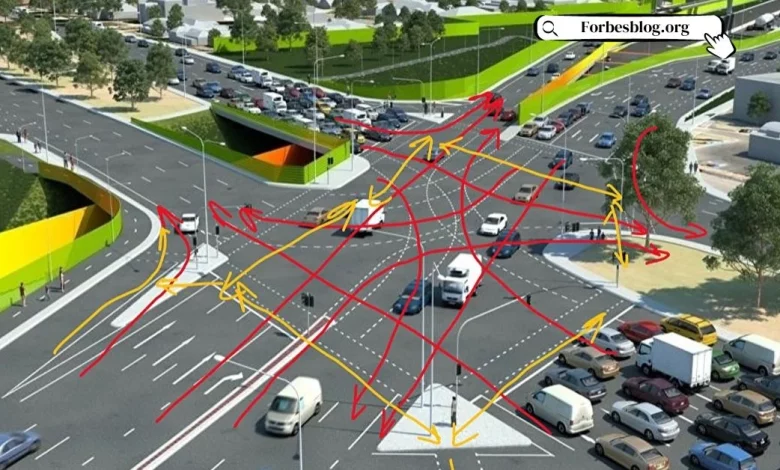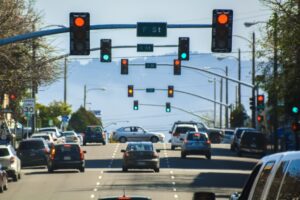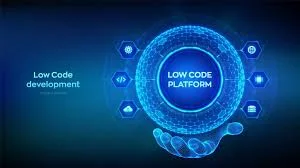Why are Traffic Monitoring Systems Needed for Our Safety?

ANPR (Automatic Number Plate Recognition) cameras have undergone many improvements and enhancements since they were first used in the late 20th century. New applications of the technology appear virtually every week.
Many of the recent ways plate-reading technology has been applied are part of traffic monitoring systems that make life safer in our neighborhoods and cities and even on open highways.
While some have objected to the use of this technology as an invasion of privacy, the data acquired is either expunged immediately or stored in encrypted files, which is much more secure than a plate number on paper or in an open computer file. Nearly every government in the developed world have imposed rules regarding who can acquire license plate data, how they can use it, and how long they can store it.
This article will explore the applications of license plate recognition and how they work to improve safety in our cities, neighborhoods, and lives. Mobile surveillance, high-speed toll collection, and identification of speeders and red-light violators are some of the specific ways of improving safety that we’ll discuss.
We’ll also look at some of Adaptive Recognition’s products and how they benefit our safety. This company produces some of the most capable and flexible cameras available.
Table of Contents
ANPR Cameras Mounted on Police Cruisers

Patrolling police officers are uniquely positioned to observe and react to what’s happening. When they see a violation, they can take immediate appropriate action. With the onboard plate-recognition capability, they can know immediately if a car is stolen or connected with another crime. If it’s appropriate to make a stop, they’ll be aware if the driver is known to be armed or dangerous. If making a report is the correct action, they have all the data they need at their fingertips.
MicroCAM mobile ANPR cameras from Adaptive Recognition can even tell them if a car owner’s insurance is out of date.
Traffic monitoring systems using these mobile cameras contribute significantly to the safety of cities and highways.
Automatic Toll Collection at Highway Speeds
Readers who’ve been driving for a few decades will remember the days when toll roads were dotted with toll collection booths where vehicles had to stop or slow to a crawl to pay tolls. Busy highways had multi-booth toll plazas that became eyesores as they always seemed to collect trash.
These toll-collection arrangements were safety hazards, as long lines of traffic formed waiting to pay their tolls. When approaching these traffic jams at highway speeds, often with little or no warning, the situations caused many fender-benders or even serious rear-end collisions. As waiting drivers became impatient and jumped lanes, jockeying for position, many more accidents occurred. Impatient drivers often make dangerous choices.
With ANPR cameras designed to recognize every vehicle passing them, overhead traffic monitoring systems replaced toll booths and plazas. Each Vidar ANPR camera can even see all the cars in two lanes. The license plate data they collect results in automatic toll billing. Regular users of the toll road, bridge, or tunnel can link their license plate numbers to a credit card or bank account, so the toll is automatically and immediately charged to their account. These cameras can read license plates at vehicle speeds up to 300 km/h (185 MPH). Other bonuses are automatic camera aiming, optional make, model, and color detection, and identification of wrong-direction drivers.
The elimination of toll booths is a valuable contribution to highway safety and appearance.
Catching Speeders and Red-Light Violators
Two of the most dangerous driver behaviors are driving at much higher, or even lower, speeds than the general traffic flow and “jumping” red lights. Efficient traffic monitoring systems must be able to identify these hazards.
These two violations account for a high percentage of serious and fatal accidents. There is an exponential relationship between the risk of serious or fatal injuries and collision speeds. In other words, if collision speeds double, fatalities or severe injuries are four times more likely. In addition, cars moving at speeds different from the general flow surprise other drivers, resulting in sudden and often dangerous reactions.
Red-light violations result in accidents where the vehicles are traveling at right angles to each other. The risks in this type of collision are pretty obvious.
Effective tools for identifying these dangerous behaviors are the MicroCAM mobile cameras we mentioned earlier and the S1 Speed- and Traffic Enforcement ANPR Camera. The S1 camera is easily portable, so it can be moved from one location to another, staying a step ahead of drivers who learn the locations of fixed speed traps. Traffic monitoring systems that use a pair of these cameras can capture average speeds over a road segment, and identify drivers who are crafty enough to slow down for speed traps and then resume their hazardous speeds.
Following Drivers Who Travel Long Distances
In the past, when an officer identified a driver behaving dangerously, they may not have known the driver’s history of risky driving if they were from another area or country.
With the Globessey Data Server, even drivers from other parts of the world are recognized. GDS is a middleware system that can receive data from local enforcement authorities and store it in a global database, making it available for traffic monitoring systems everywhere.
This capability requires enormous data storage capacity, and GDS is scalable to the nth degree. With its connectability to databases of unlimited size, it can accommodate the necessary data volume and make it readily available to its users.
Cars are the chosen method of travel for most of the population, making traffic safety a significant factor in the safety of life in general. As ANPR cameras have become more capable and flexible, the traffic monitoring systems incorporating them have contributed to traffic safety in ways authorities could only dream of as recently as the beginning of this century.
Adaptive Recognition has been at the forefront of the number plate recognition business since its founding in 1991, when the technology was in its infancy. To learn more about their products and discuss your traffic monitoring needs with their experts, check out the company’s website.
Visit for more articles: forbesblog.org




